This series, which started with top 10 scenarios, has expanded to the top 31 — to first round scenarios for the 2020 NHL Draft — by extending those 10 initial mocks, using the same results for the top 10 from running the Tankathon simulator for the draft lottery.
The debut edition elaborated on all the details and I’ve explained the rationale for the remainder of the draft order. I’ll be providing analysis for every new selection while linking repetitive picks back to their original mock for reference. I’ll try to keep it as fresh as possible and mix in some surprises — along with additional insight — but might shorten the analysis at times to ensure these mocks are published weekly (or as frequently as possible).
Without further ado, here is a recap of the top 10 from mock 3.0 followed by selections 11-31 for mock 3.1:
1) Montreal Canadiens — Alexis Lafreniere (LW, Canada, Rimouski QMJHL)
2) Detroit Red Wings — Tim Stutzle (LC/LW, Germany, Adler Mannheim DEL)
3) Los Angeles Kings — Jamie Drysdale (RD, Canada, Erie OHL)
4) Ottawa Senators — Quinton Byfield (LC, Canada, Sudbury OHL)
5) Ottawa Senators (San Jose) — Marco Rossi (LC, Austria/Switzerland, Ottawa OHL)
6) Anaheim Ducks — Alexander Holtz (LW/RW, Sweden, Djurgardens SHL)
7) New Jersey Devils — Lucas Raymond (RW, Sweden, Frolunda SHL)
8) Buffalo Sabres — Anton Lundell (LC, Finland, HIFK Liiga)
9) Chicago Blackhawks — Cole Perfetti (LW/LC, Canada, Saginaw OHL)
10) New Jersey Devils (via Arizona) — Noel Gunler (RW/LW, Sweden, Lulea SHL)
11) Minnesota Wild — Jake Sanderson (LD, USA, NTDP U18)

ANALYSIS: Minnesota takes Sanderson, knowing Ryan Suter’s days are numbered and not having a stud prospect on defence. That position is currently a strength for the Wild, but the future is less certain and Bill Guerin has already started addressing that by acquiring Calen Addison in the Jason Zucker trade. Sanderson would instill more confidence in that succession plan. Of course, Minnesota would strongly consider Yaroslav Askarov as the draft’s top goaltender but opts for Sanderson in this scenario.
12) Winnipeg Jets — Dylan Holloway (LC, Canada, Wisconsin NCAA)
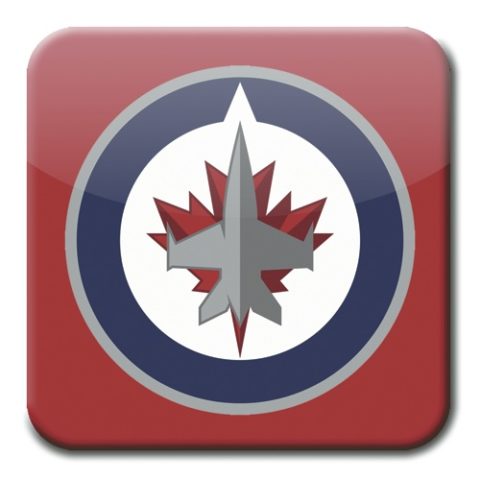
ANALYSIS: Winnipeg takes Holloway, hoping he can help solidify them at centre behind Mark Scheifele. The Jets would be heavy and hard to handle down the middle with Scheifele, Holloway and Adam Lowry as their top three, plus Jansen Harkins and David Gustafsson. Holloway should be more productive as a college sophomore and could be ready to turn pro following next season. That would be a similar development path to Winnipegger Jonathan Toews, who has haunted his hometown team with division rival Chicago. Holloway has some similarities to both Scheifele and Toews but likely won’t get to their level.
13) New York Rangers — Yaroslav Askarov (G, Russia, SKA-Neva St. Petersburg VHL)
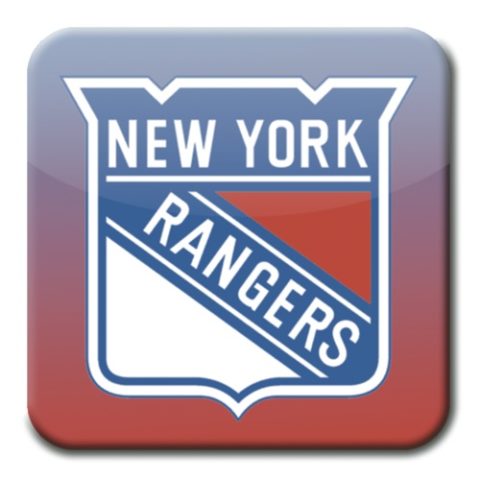
ANALYSIS: The Rangers seemingly already have their Russian goaltender of the future in 24-year-old Igor Shesterkin, but they aren’t going to let Askarov fall any further — not with another pick to come in the first round. Askarov likely stays in Russia for a couple more years and if Shesterkin is still the new king in New York City at that time — as Henrik Lundqvist’s successor — then the Rangers would have a dilemma on what to do with Askarov, assuming he also develops into a potential star. That would be a good problem to have, with Askarov having a higher ceiling than Shesterkin. They could platoon in a healthy competition until Askarov is ready to reign or until the right trade offer is presented to the Rangers. This would be akin to Montreal taking Carey Price in 2005 when they already had Jose Theodore as a Vezina and Hart winner, plus Jaroslav Halak as a budding prospect and Cristobal Huet as a French netminder who also turned in an all-star season there. That worked out for the Canadiens, with Price still their franchise goalie today. Taking the best player available is never a bad approach.
14) Florida Panthers — Kaiden Guhle (LD, Canada, Prince Albert WHL)
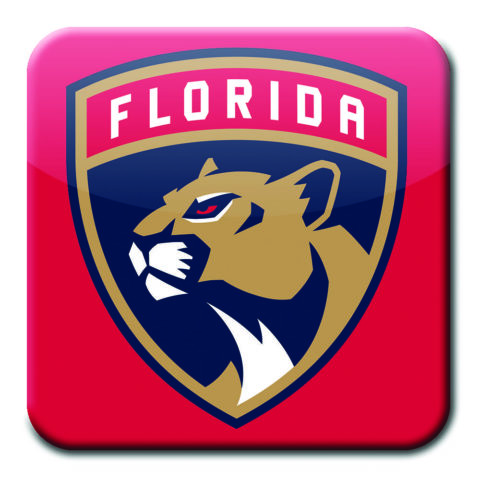
ANALYSIS: Florida takes Guhle, with Dale Tallon heralding him as a solid addition to the blue line — similar, in a sense, to when he had Brent Seabrook in Chicago. Guhle has that kind of upside, developing into a two-way force in the WHL and likely to be a minute-muncher in the NHL. Guhle is a stronger skater and just as competitive as Seabrook, so the Panthers believe he’ll become part of their core. Florida is no longer sold on Michael Matheson and Keith Yandle won’t be around forever, so Guhle could ascend to the top of their left side ahead of second-tier prospects Riley Stillman, Max Gildon, Vladislav Kolyachonok and Johnny Ludvig. Guhle was the first overall pick in the 2017 WHL bantam draft, so he is a top-tier talent.
15) Columbus Blue Jackets — Helge Grans (RD, Sweden, Malmo J20)
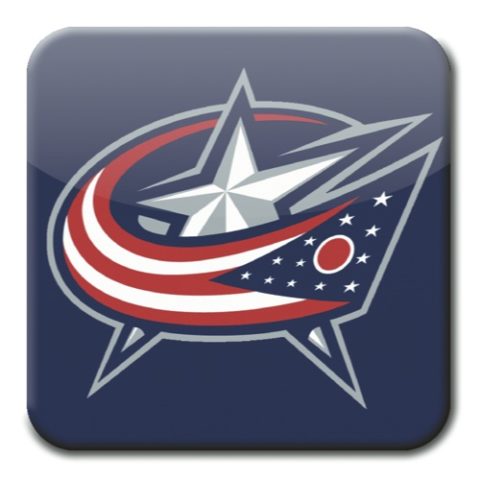
ANALYSIS: Columbus needs offence more than defence in the present, but the future of their blue line beyond Zach Werenski and Seth Jones is pretty bleak — especially on the right side. Grans would join fellow Swedes Gabriel Carlsson and Eric Hjorth in the Blue Jackets’ system, becoming their top defence prospect. Grans boasts a nice package of size and skill with significant upside — more so than Carlsson, a late first-rounder in 2015, and Andrew Peeke, an early second-rounder in 2016. Jarmo Kekalainen might get criticized for this pick — passing on several scoring forwards, who would be sexier selections — but Grans could definitely pay dividends in due time. The mindset is defence wins championships.
16) Calgary Flames — Braden Schneider (RD, Canada, Brandon WHL)
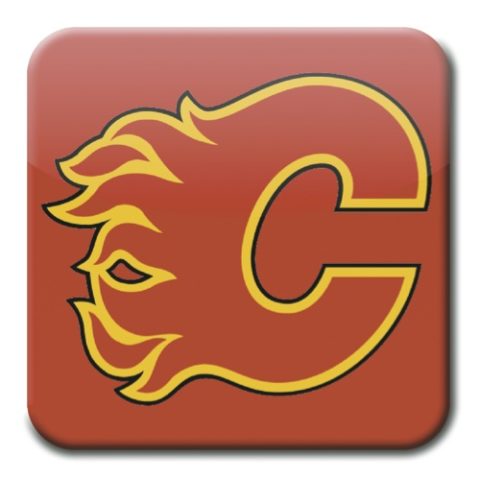
ANALYSIS: Calgary continues this little run of defencemen in the teens, seeing Schneider as the second coming of Travis Hamonic. They come from the same junior program in Brandon and that comparable is fitting for Schneider, who is a shutdown defender with a high floor. He’ll be a top-four blueliner before long and be serviceable for a decade. The Flames don’t have much in the way of defence prospects and none that are right-handed, so Schneider addresses that need for Calgary and he could be NHL ready sooner than later.
17) Vancouver Canucks — Jack Quinn (RW, Canada, Ottawa OHL)

ANALYSIS: Vancouver takes Quinn as a scoring winger who could work well with Bo Horvat. The Canucks have been searching for that fit and may have found it in Tyler Toffoli as a deadline acquisition, but he might not be affordable now as a free agent. Quinn could become a better version of Toffoli, having scored 52 goals in his draft year to Toffoli’s 37 for the same junior team in Ottawa. Toffoli went on to net 57 and 52 goals with consecutive 100-point campaigns to close out his junior career there. Quinn is a good bet to top 100 points next season and might be NHL ready the following year as an older prospect for this draft class.
18) Nashville Predators — Seth Jarvis (RW, Canada, Portland WHL)
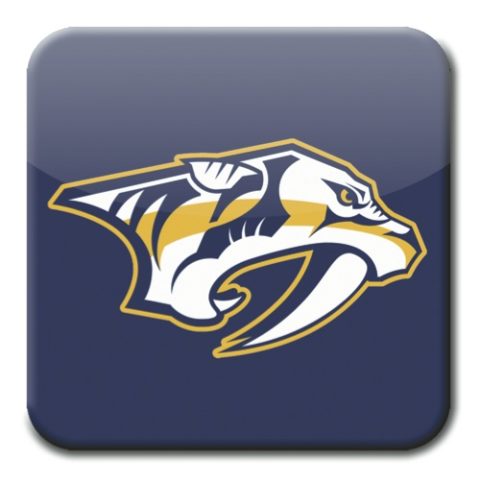
ANALYSIS: Nashville takes Jarvis as a dynamic forward from a familiar place, with David Poile previously drafting Seth Jones and Brendan Leipsic out of Portland. Ryan Johansen also played junior there under Mike Johnston. Jarvis surged in the second half of his draft year — racking up 75 points over his final 37 games — and is considered a riser much like 2019 first-rounder Philip Tomasino. Those two could be dynamite together and the Predators do have some explosive forwards on the way. Jarvis would be a real catalyst for Nashville.
19) Carolina Hurricanes (Toronto) — Kasper Simontaival (RW, Finland, Tappara Liiga)
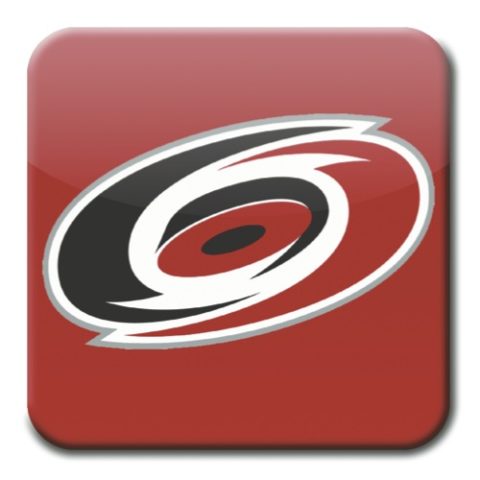
ANALYSIS: Carolina reaches for a Finnish forward, sensing a ton of offensive upside in the undersized Simontaival. The Hurricanes scout Finland as well as any team, so it wouldn’t be overly surprising to see them select Simontaival or one of the other highly touted forwards in Roni Hirvonen and Veeti Miettinen. That trio is talented but all three are listed at 5-foot-9, which is why most have them as second-round candidates. Carolina wouldn’t be afraid to take this swing in the first round and Simontaival could be a hit.
20) Edmonton Oilers — Connor Zary (LC, Canada, Kamloops WHL)
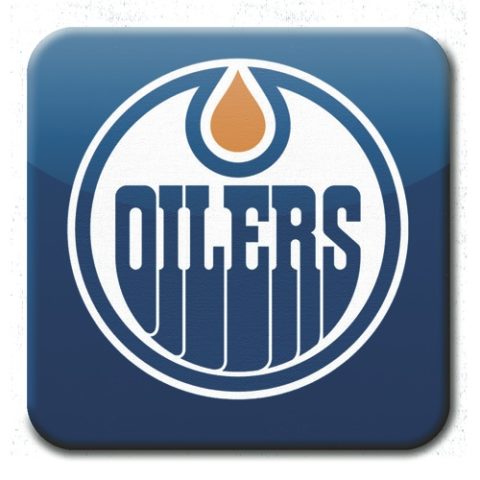
ANALYSIS: Edmonton is expected to take a scoring winger but wouldn’t pass on Zary if he was still on the board. With Ryan Nugent-Hopkins now a winger, the Oilers do need a third-line centre with offensive capabilities. Ryan McLeod could be that guy as a 2018 second-rounder, but Zary would bring more offence and might be a better fit with WHL alum Tyler Benson. Edmonton would be in great shape with Connor McDavid, Leon Draisaitl, Zary and McLeod down the middle in the coming years. Zary is versatile and could also shift to the wing like Nugent-Hopkins, so the Oilers wouldn’t hesitate in taking him as the best player available here.
21) Ottawa Senators (N.Y. Islanders) — Jan Mysak (LW, Czech Republic, Hamilton OHL)
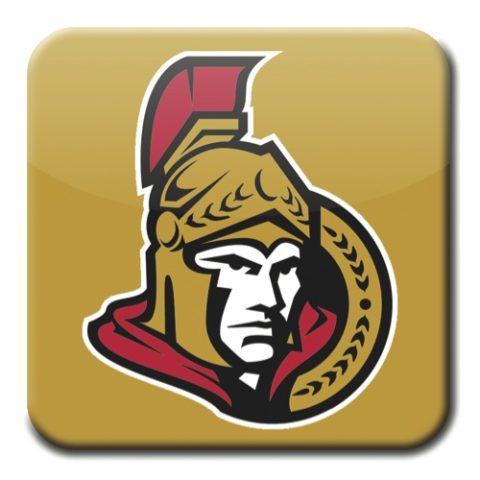
ANALYSIS: Ottawa is a winner again in this scenario, selecting Mysak in addition to Byfield and Rossi. Those three OHL forwards would bolster the Senators’ offence in a big way. Ottawa would no longer be the laughing stock of the Atlantic Division and that Battle of Ontario would be epic going forward. Mysak made an immediate impact in transitioning to the North American game — increasing his chances of cracking the top 20 — so this could prove to be a steal for the Senators when looking back on this draft in a decade.
22) Dallas Stars — William Wallinder (LD, Sweden, MODO J20)
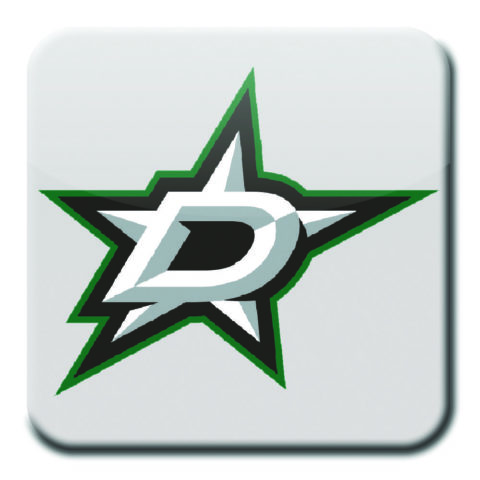
ANALYSIS: Dallas takes another Nordic defender in Sweden’s Wallinder after taking Finland’s Joni Jurmo in mock 2.1. There are similarities between those two and it would be a similar situation for the Stars, who are already strong at left defence with Miro Heiskanen, Esa Lindell and 2019 first-rounder Thomas Harley. But Wallinder has a high ceiling as a powerful skater with good size and untapped offensive upside. He is relatively young for this draft class — with a late July birthdate — and could turn into the next John Klingberg for Dallas. The Stars love their Swedes, so Wallinder could be in their sights despite that position being an organizational strength.
23) New York Rangers (Carolina) — Rodion Amirov (LW, Russia, Salavat Yulaev Ufa KHL)

ANALYSIS: The Rangers refuse to let another Russian fall, making Amirov the first repeat pick outside the top 10. They reached, to some extent, for Amirov at 13th overall in mock 2.1 but would be primed to take him here — at 23rd — as arguably the best player available. The Rangers’ brass would be thrilled to land both Askarov and Amirov in this scenario, and the fan base would be more accepting of Amirov at this spot. They would also warm up to the Askarov selection once the shock aspect wore off.
24) Pittsburgh Penguins — Dawson Mercer (RW, Canada, Chicoutimi QMJHL)

ANALYSIS: Pittsburgh is surprised to have their choice of three QMJHL forwards in Mercer, Hendrix Lapierre and Mavrik Bourque, who they took in mock 2.1. This is Pittsburgh’s first chance at Mercer — he went 15th in mock 1.1 and 21st in mock 2.1 — so the Penguins see him as the best player available and like the fact he is closer to being NHL ready than the other two. Mercer is also a safer pick than Lapierre, who has been struggling with concussions. Pittsburgh took QMJHL wingers with last year’s top two selections — Samuel Poulin in the first round and Nathan Legare in the third round — and both are trending well, so Mercer presumably wouldn’t make it past the Penguins should he fall this far.
25) Philadelphia Flyers — Hendrix Lapierre (LC, Canada, Chicoutimi QMJHL)
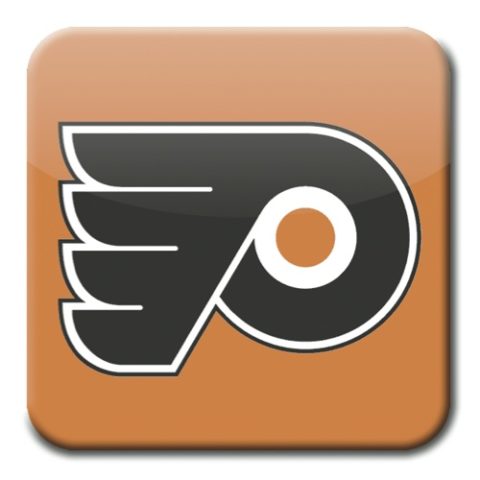
ANALYSIS: Philadelphia’s cupboard is stocked at every position for the future, which allows the Flyers to swing for the fences this year by taking Lapierre if he is still available here. There is lots to like about Lapierre and the Flyers have had lots of success with QMJHL forwards — Claude Giroux, Sean Couturier and Simon Gagne, to name a few — so this could be a perfect fit, providing Lapierre can overcome his concussion issues. Nolan Patrick’s situation might scare off the Flyers, but Lapierre would thrive in Philly if healthy alongside Morgan Frost, Travis Konecny, Joel Farabee and Bobby Brink. Lapierre’s skill-set would go great with that group.
26) Colorado Avalanche — Justin Barron (RD, Canada, Halifax QMJHL)
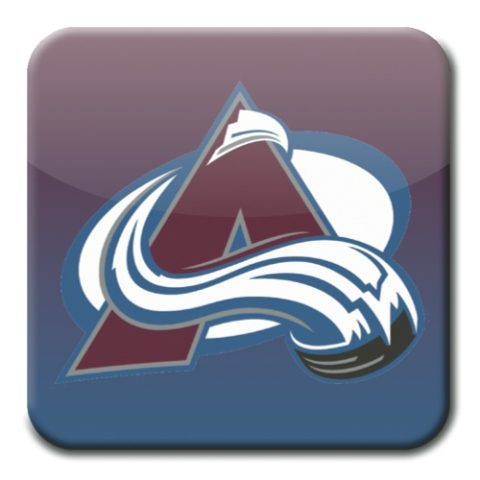
ANALYSIS: Colorado takes Barron who, like Lapierre, was touted as a top-10 talent entering the draft year but saw his stock fall after struggling out of the gate and getting sidelined long term by a blood clot that caused him to miss the World Juniors. Barron was expected to have a starring role for Canada there and to challenge Jamie Drysdale as the top defenceman for 2020. That is how high the scouts were on Barron coming out of the summer when he was drawing comparisons to Thomas Chabot and Ryan Ellis. Now there is uncertainty over Barron’s future, but he had returned to the lineup by season’s end and should be able to rebound. The Avs could reap the benefits of taking this risk, with the potential for Barron to slot behind Cale Makar in Colorado’s top four. If Barron didn’t pan out for whatever reason, that spot on the right side could still go to Conor Timmins or Drew Helleson, with Bowen Byram, Samuel Girard, Ryan Graves and Nikita Zadorov occupying the left side on a loaded and youthful blue line for the Avs.
27) San Jose Sharks (Tampa Bay) — Lukas Reichel (LW/RW, Germany, Berlin DEL)
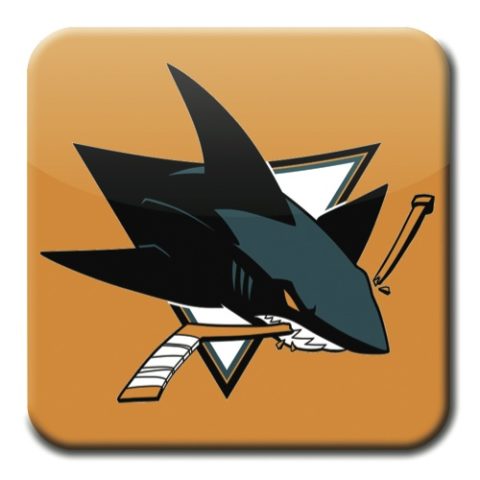
ANALYSIS: San Jose is deciding between two German wingers, going with Reichel over J.J. Peterka as a more cerebral and projectable forward. Reichel is well rounded and should be able to carve out a complementary role with the Sharks, capable of playing up and down the depth chart while contributing in a variety of ways. Reichel is sneaky skilled — similar to Kevin Labanc in that sense — and could have more upside than some are anticipating. The Sharks have a knack for identifying those underrated types, so Reichel could be on San Jose’s radar.
28) Vegas Golden Knights — Ridly Greig (LC/LW, Canada, Brandon WHL)
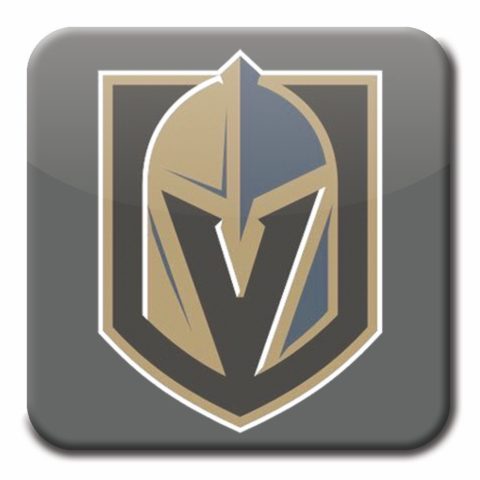
ANALYSIS: Vegas goes with Greig, a high-upside forward who Kelly McCrimmon knows better than anyone from his connections to Brandon. The Golden Knights have used that to their advantage, sending drafted prospects Jiri Patera and Marcus Kallionkieli there to develop, while also making Brandon alum Reid Duke their first-ever signing. Greig is still quite raw and didn’t fully break out during his draft year but definitely has the potential to become an impact player at the NHL level. Greig was ranked as a first-rounder by Central Scouting as well as some connected scouts, so this wouldn’t be a huge gamble by Vegas to target a prospect that they are very familiar with.
29) Washington Capitals — Theodor Niederbach (RC, Sweden, Frolunda J20)
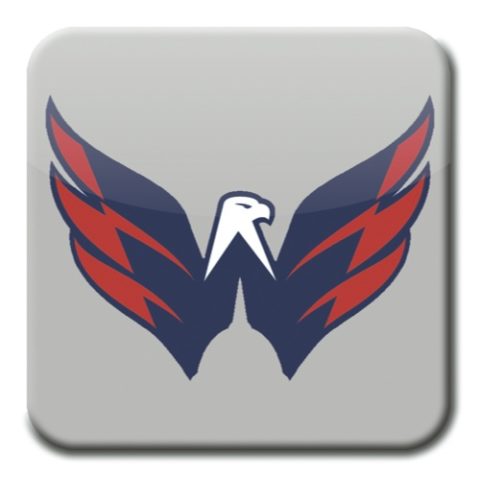
ANALYSIS: Washington goes a bit more off the board with Niederbach, who missed all of last season to injury but impressed throughout his draft year in flashing first-round talent. Niederbach is still a sleeper of sorts, but the Capitals might see shades of a young Nicklas Backstrom and take him earlier than expected. Backstrom has signed a five-year extension and could mentor Niederbach with no need to rush him. The slow play, by keeping Niederbach in Sweden for at least a couple more years, could be rewarding for Washington — which was the case with Evgeny Kuznetsov, who spent three-plus seasons in Russia after being drafted in the first round by the Capitals.
30) St. Louis Blues — John-Jason Peterka (LW, Germany, Munchen DEL)
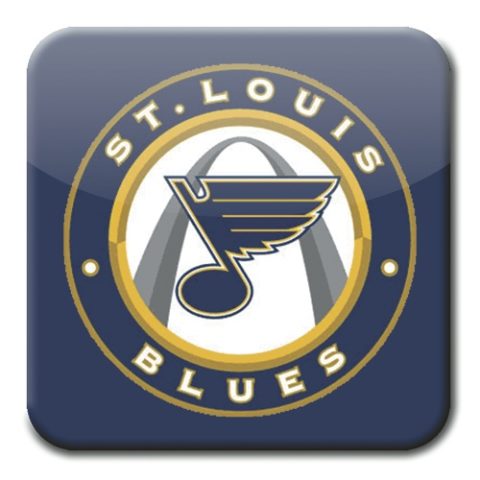
ANALYSIS: St. Louis takes the other German this time in Peterka, having previously taken Reichel in mock 1.1. Peterka is flashier and more like fellow German Dominik Bokk, who the Blues drafted in the first round in 2018 before trading him to Carolina for Justin Faulk. Peterka doesn’t have the same dangling ability as Bokk but is just as dangerous off the rush and in 1-on-1 situations. Peterka has that attacking mentality and breakaway speed, which would make him an exciting addition to St. Louis’ prospect pool as a replacement for Bokk.
31) Anaheim Ducks (Boston) — Mavrik Bourque (RC, Canada, Shawinigan QMJHL)
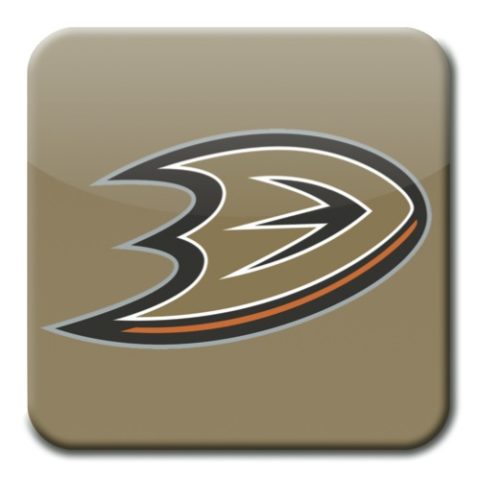
ANALYSIS: Anaheim makes Bourque the first true repeat pick — since Amirov went at two different spots to the Rangers. The Ducks also took Bourque here in mock 1.1 and again felt he was the best fit for the same reasons as before. Anaheim considered a handful of other options — including smaller Swedish defenders Emil Andrae and Anton Johannesson — but kept coming back to Bourque as the best player available to wrap up the first round in this scenario.
Recapping Results for Mock 3.1
1) Montreal Canadiens — Alexis Lafreniere (LW, Canada, Rimouski QMJHL)
2) Detroit Red Wings — Tim Stutzle (LC/LW, Germany, Adler Mannheim DEL)
3) Los Angeles Kings — Jamie Drysdale (RD, Canada, Erie OHL)
4) Ottawa Senators — Quinton Byfield (LC, Canada, Sudbury OHL)
5) Ottawa Senators (San Jose) — Marco Rossi (LC, Austria/Switzerland, Ottawa OHL)
6) Anaheim Ducks — Alexander Holtz (LW/RW, Sweden, Djurgardens SHL)
7) New Jersey Devils — Lucas Raymond (RW, Sweden, Frolunda SHL)
8) Buffalo Sabres — Anton Lundell (LC, Finland, HIFK Liiga)
9) Chicago Blackhawks — Cole Perfetti (LW/LC, Canada, Saginaw OHL)
10) New Jersey Devils (via Arizona) — Noel Gunler (RW/LW, Sweden, Lulea SHL)
11) Minnesota Wild — Jake Sanderson (LD, USA, NTDP U18)
12) Winnipeg Jets — Dylan Holloway (LC, Canada, Wisconsin NCAA)
13) New York Rangers — Yaroslav Askarov (G, Russia, SKA-Neva St. Petersburg VHL)
14) Florida Panthers — Kaiden Guhle (LD, Canada, Prince Albert WHL)
15) Columbus Blue Jackets — Helge Grans (RD, Sweden, Malmo J20)
16) Calgary Flames — Braden Schneider (RD, Canada, Brandon WHL)
17) Vancouver Canucks — Jack Quinn (RW, Canada, Ottawa OHL)
18) Nashville Predators — Seth Jarvis (RW, Canada, Portland WHL)
19) Carolina Hurricanes (Toronto) — Kasper Simontaival (RW, Finland, Tappara Liiga)
20) Edmonton Oilers — Connor Zary (LC, Canada, Kamloops WHL)
21) Ottawa Senators (N.Y. Islanders) — Jan Mysak (LW, Czech Republic, Hamilton OHL)
22) Dallas Stars — William Wallinder (LD, Sweden, MODO J20)
23) New York Rangers (Carolina) — Rodion Amirov (LW, Russia, Salavat Yulaev Ufa KHL)
24) Pittsburgh Penguins — Dawson Mercer (RW, Canada, Chicoutimi QMJHL)
25) Philadelphia Flyers — Hendrix Lapierre (LC, Canada, Chicoutimi QMJHL)
26) Colorado Avalanche — Justin Barron (RD, Canada, Halifax QMJHL)
27) San Jose Sharks (Tampa Bay) — Lukas Reichel (LW/RW, Germany, Berlin DEL)
28) Vegas Golden Knights — Ridly Greig (LC/LW, Canada, Brandon WHL)
29) Washington Capitals — Theodor Niederbach (RC, Sweden, Frolunda J20)
30) St. Louis Blues — John-Jason Peterka (LW, Germany, Munchen DEL)
31) Anaheim Ducks (Boston) — Mavrik Bourque (RC, Canada, Shawinigan QMJHL)
- Mock 1.0
- Mock 1.1
- Mock 2.0
- Mock 2.1
- Mock 3.0
- Mock 4.0
- Mock 4.1
- Mock 5.0
- Mock 5.1
- Mock 6.0
- Mock 6.1
- Mock 7.0
- Mock 7.1
- Mock 8.0
- Mock 8.1
- Mock 9.0
- Mock 9.1
- Mock 10
- Mock 10.1
- Reviewing Top 10 for Teams
- Reviewing First Round for Teams
- Reviewing Top 10 for Prospects
- Reviewing First Round for Prospects
Get the latest NHL Draft & Prospect rankings, news and analysis